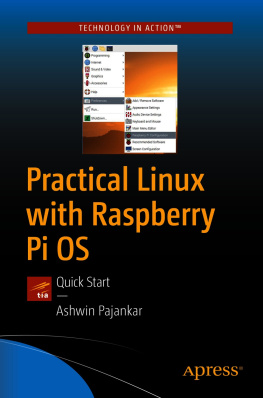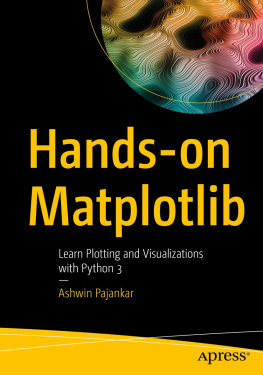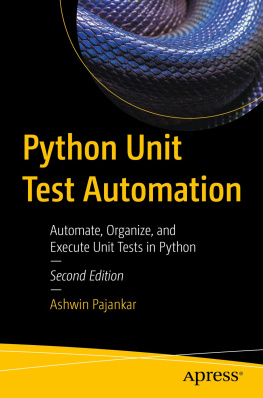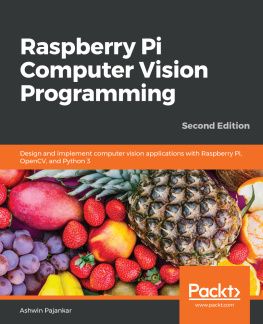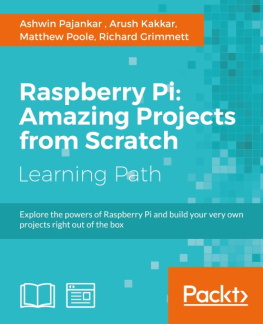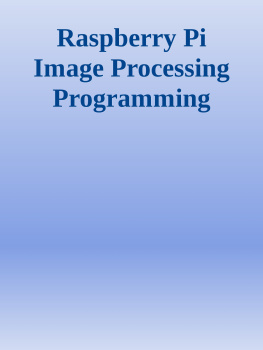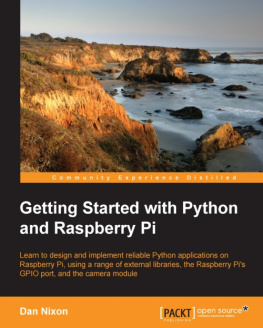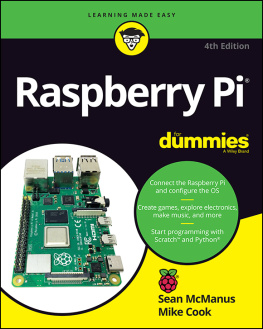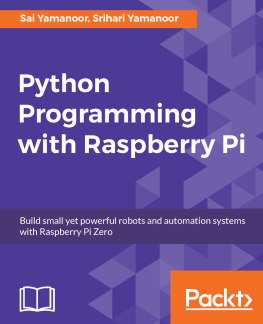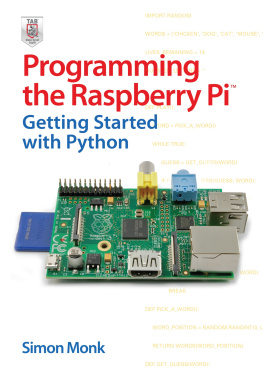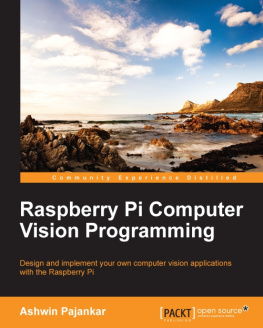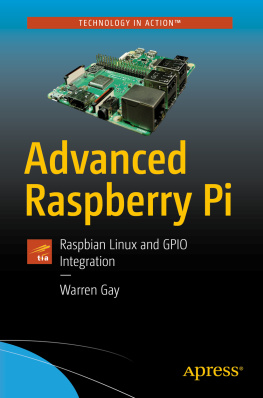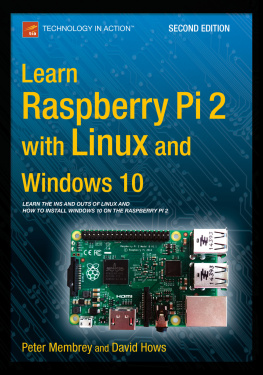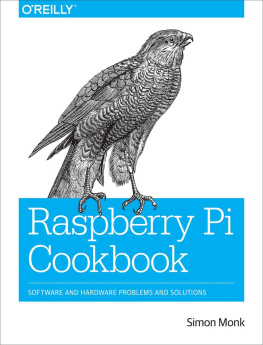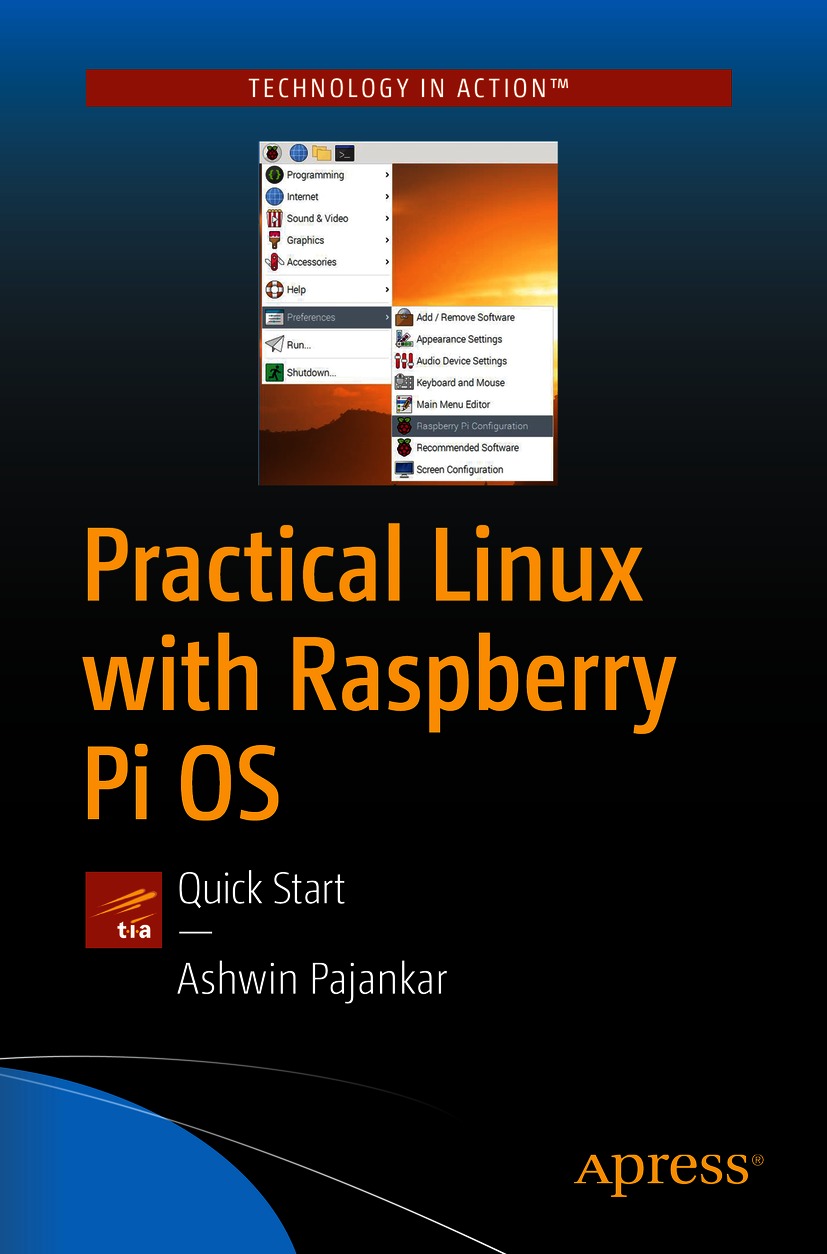Ashwin Pajankar - Practical Linux with Raspberry Pi OS: Quick Start
Here you can read online Ashwin Pajankar - Practical Linux with Raspberry Pi OS: Quick Start full text of the book (entire story) in english for free. Download pdf and epub, get meaning, cover and reviews about this ebook. year: 2021, publisher: Apress, genre: Home and family. Description of the work, (preface) as well as reviews are available. Best literature library LitArk.com created for fans of good reading and offers a wide selection of genres:
Romance novel
Science fiction
Adventure
Detective
Science
History
Home and family
Prose
Art
Politics
Computer
Non-fiction
Religion
Business
Children
Humor
Choose a favorite category and find really read worthwhile books. Enjoy immersion in the world of imagination, feel the emotions of the characters or learn something new for yourself, make an fascinating discovery.
- Book:Practical Linux with Raspberry Pi OS: Quick Start
- Author:
- Publisher:Apress
- Genre:
- Year:2021
- Rating:3 / 5
- Favourites:Add to favourites
- Your mark:
Practical Linux with Raspberry Pi OS: Quick Start: summary, description and annotation
We offer to read an annotation, description, summary or preface (depends on what the author of the book "Practical Linux with Raspberry Pi OS: Quick Start" wrote himself). If you haven't found the necessary information about the book — write in the comments, we will try to find it.
Youll comfortably work with the Linux command prompt, and explore the RPi OS GUI and all its base applications. Then move into writing your own programs with shell-programming and using high-level languages such as C, C++, and Python 3. Youll also study hardware and GPIO programming. Use Python 3 for GPIO programming to drive LEDs and pushbuttons.
Examples are written in Shell, C, C++, and Python 3. Graphical output is displayed in helpful screenshots that capture just what youll see when working in this environment. All code examples are well tested on actual Raspberry Pi boards. After reading this book and following the examples, youll be able to write programs for demonstration in your academic/industrial research work, business environment, or just your circle of friends for fun!
What Youll Learn
- Navigate the core aspects of Linux and programming on a Linux platform
- Install Raspberry Pi OS on a Raspberry Pi
- Program in Shell, C, C++, and Python
- Redirect Io and work with the crontab
Who This Book Is For
Linux enthusiasts, software engineers, researchers, business analysts, and managers working with the low-cost Raspberry Pi.
Ashwin Pajankar: author's other books
Who wrote Practical Linux with Raspberry Pi OS: Quick Start? Find out the surname, the name of the author of the book and a list of all author's works by series.

